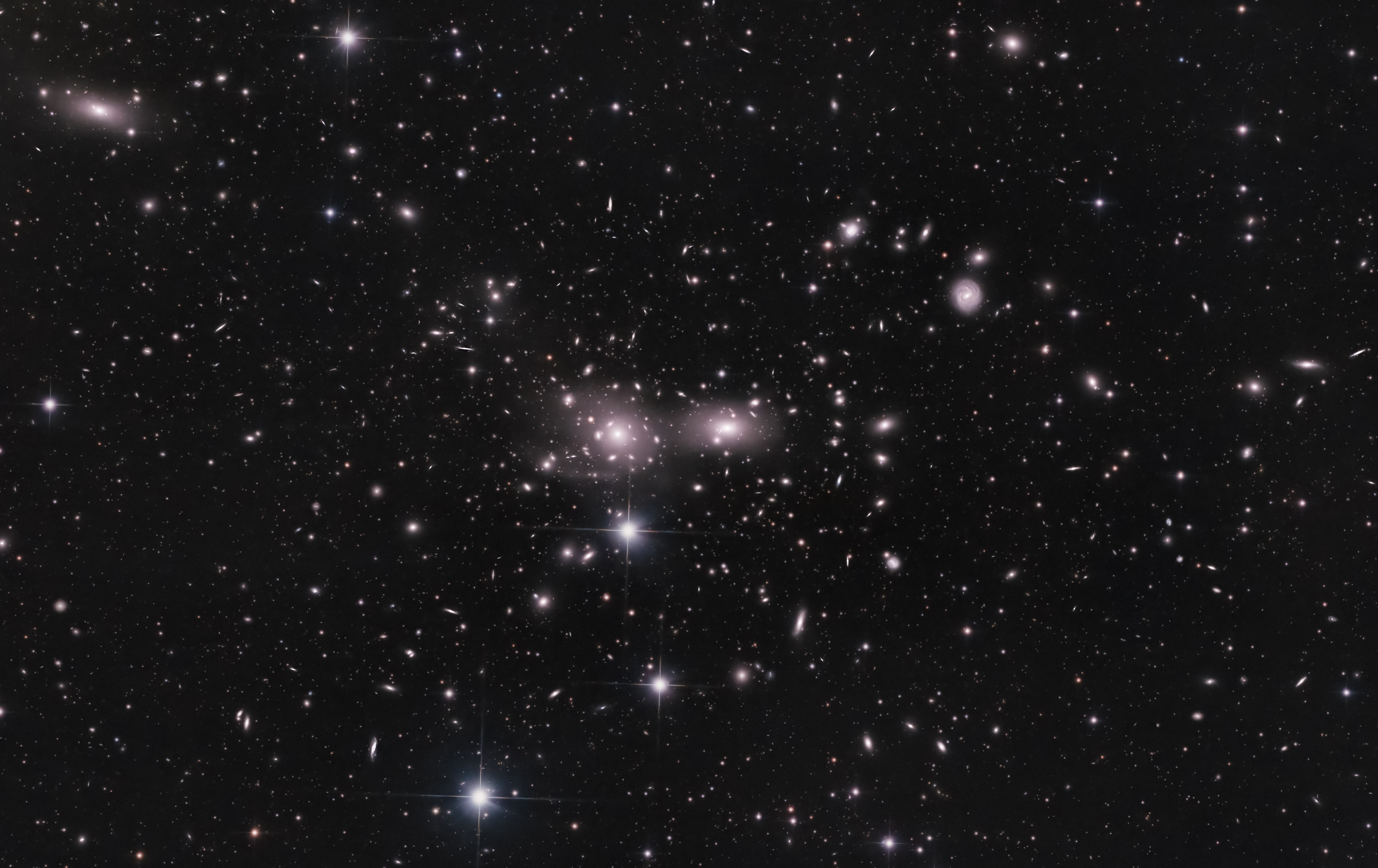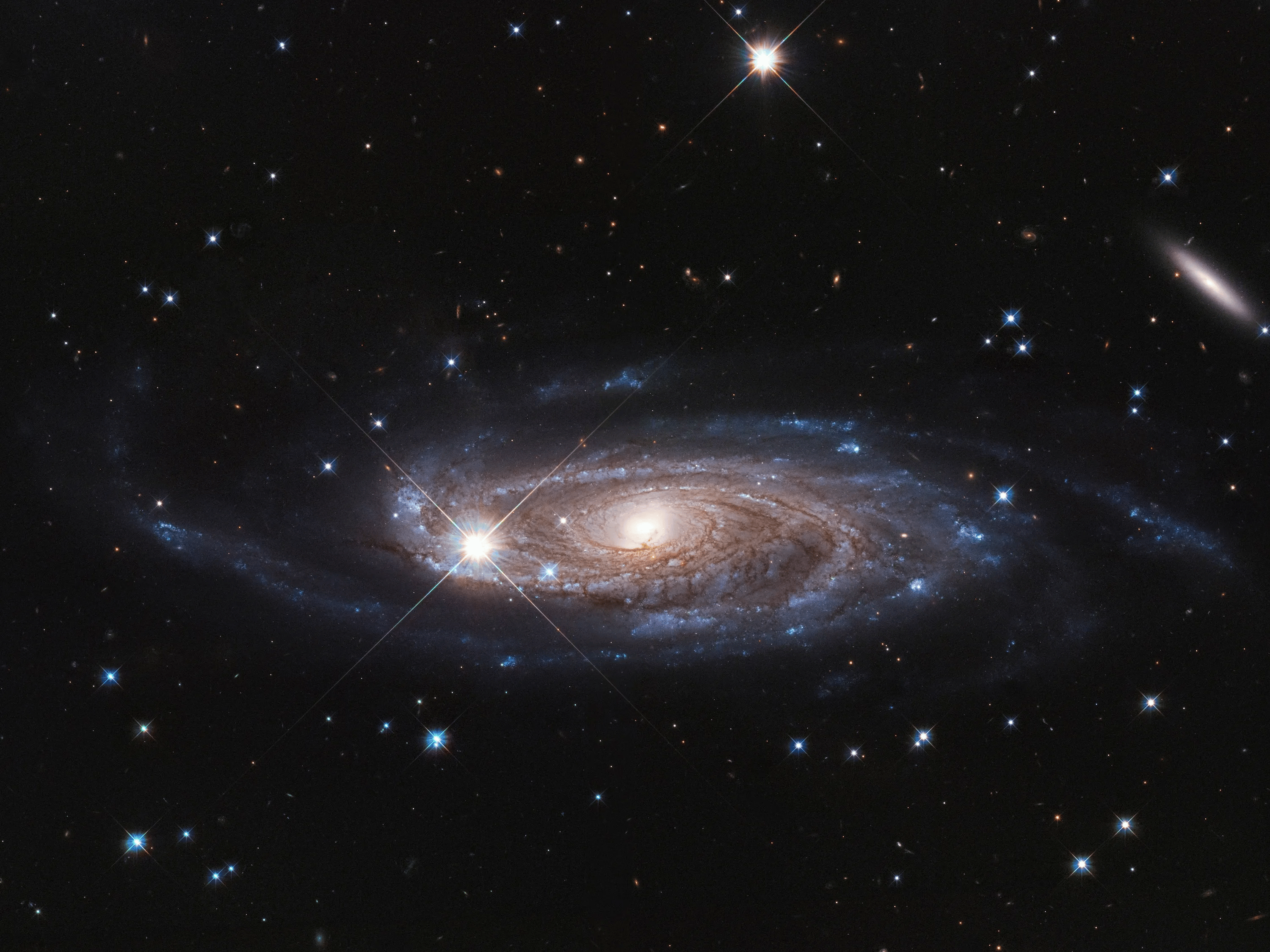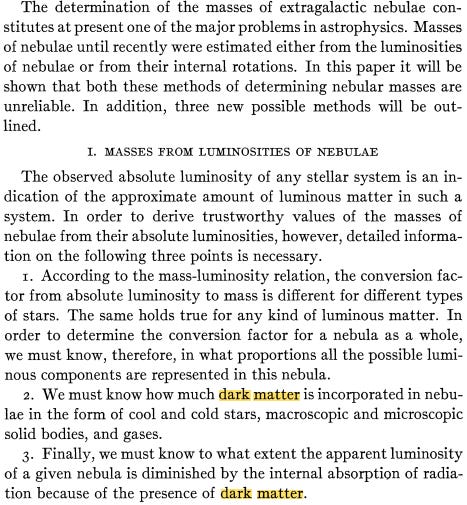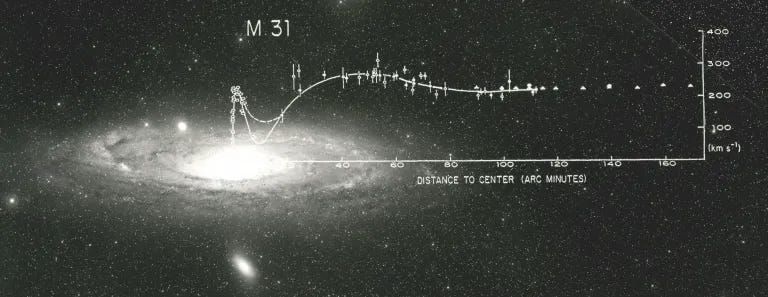How a fundamental misunderstanding of basic physics has led to a dead-end search for an entity that doesn’t exist
This article was originally published in Substack

The Coma Cluster of galaxies. Image credit: Nielander, Own work, CC0, https://commons.wikimedia.org/w/index.php?curid=146202833
The Aether
Classic physics requires a medium of propagation for a mechanical wave such as a sound wave, a water wave or seismic waves such as P or S waves. The primary function of a mechanical wave is to transfer energy through the medium by causing particles to oscillate around their equilibrium position. For example, sound propagagtes through air at 330 meters per second at sea level (ex.: if it takes 5 seconds to hear a clap of thunder after a lightning flash, the storm is 1,650 meters distant).
Rewind to the late 19th century. In order to satisfy the classic physics requirement of a propagating medium (air, water), it was believed that an invisible, pervasive Aether permeated the universe as a medium for the propagation of light.
Physics was evolving and brilliant minds abounded. Among them was James Clerk Maxwell who would show in his famous 1865 paper “A Dynamical Theory of the Electromagnetic Field” that light was a propagating electromagenetic wave that moved at the speed of light in a vacuum (no medium required). Maxwell’s conclusion was later confirmed in 1887 with the Michelson–Morley experiment that showed no relative velocity shift of the earth in its orbit, forward or backward, relataive to the invisible, unmeasurable, untestable Aether. Conclusion: there was no inivisible aether (pronounced ‘e’ther). This discovery was on par with Einstein’s Relativity early in the next (20th) century.
What does this have to do with Dark Matter?
Everything.
Dark Matter is the new Aether.
In the standard Lambda-CDM model of cosmology, the mass–energy content of the universe is 5% ordinary (baryonic) matter, 26.8% dark matter, and 68.2% a form of energy known as dark energy.
We’re being asked to believe this invisible, unmeasurable, [physically]-undetectable, untestable entity known as ‘Dark Matter’ makes up 27% of the known universe becuase we can’t otherwise explain the anomalously flat rotation curves of spiral galaxies. Dark energy is an entirely different question for another article. Suffice it to say, the term ‘Dark’ is code for ‘we don’t know’.

The beautiful Spiral galaxy UGC2885 in Perseus. Image credit: Hubble Space Telescope, NASA and STSci.
Why has the scientific community allowed such a blatant, decades-long error to persist?
That such an error was allowed to persist for so long calls into question the entire body of work published by anyone who knowingly allows such an error to remain in their work uncorrected or unchecked.
It is unacceptable that high profile individuals with advanced degrees continue to advocate for Dark Matter using the ‘Galactic Rotation’ argument, knowing full-well their claims and conclusions are flat-out wrong! They know better or should know better and that this persists is a shameful commentary on the scientific community.
It is inconceivable that they are unaware of Keplerian orbital requirements and yet they persist in their claim that a flat rotation curve is evidence of ‘Dark Matter’.
Fritz Zwicky
In 1933 Fritz Zwicky first coined the term ‘Dark Matter’ when confronted with a seeming conundrum.
Eight galaxies in the Coma cluster of galaxies (Coma Berenices is a constellation east of Leo on the sky) were observed by him to possess an excessive velocity dispersion (statistical spread of velocities) based on the aggregate observed mass of the cluster. Later observations and calculations have reduced and refined Zwicky’s original value of 400x, but the quest persists.
Being the first to apply the Virial Theorem to calculate the mass of the cluster, Zwicky posited that there must be some ‘unseen’ or ‘dark’ matter to explain the seeming disparity. According to his calculations, the total cluster mass observed (galaxy mass estimates were 100x lower than they should be based on current data) could not account for the velocity of the 8 member galaxies.
Zwicky’s original findings were based on mass estimates (suggested by E. Hubble, who had just published his 1929 watershed study 4 years earlier) for cluster galaxies 2 orders of magnitude (100x) below what is now accepted for a typical spiral galaxy such as our Milky Way. As a side note and to the question of the mass of the Coma cluster (Zwicky added up an average mass of 1 billion solar masses for each of the 800 member galaxies he found — 100 billion solar masses is the accepted mass estimate of a typical spiral galaxy), the cluster is largely populated with elliptical galaxies. Elliptical galaxies 1) tend to be larger and more massive than spirals and 2) have little or no remaining gas or dust and, thus, have ceased star formation.
When we rework Zwicky’s original application of the Virial Theorem, using accepted values for galactic masses and other quantities, we arrive at a value that does not require an unseen mass! This is never mentioned in the literature; why?
To his credit, the following excerpt from his 1937 paper, whose purpose was to determine the masses of galaxies, Zwicky does not suggest that there is some new, mysterious entity, today referred to as ‘Dark Matter’. By reading this excerpt, it is clear that he was referring to low-luminosity stars, “macroscopic and microscopic solid bodies, and gases.”
Context is important here.
Some today look at Zwicky’s work through the lens of modern Astronomy, having the luxury of more than a century of discovery.
Back in the 1920s and 1930s, they were still debating whether galaxies or ‘spiral nebulae’ as they were called, were actually galaxies in their own right, external to our galaxy, or part of it. Then there was Hubble’s famous 1929 paper on the Velocity-Distance relation, the expanding universe, and the “Golden Age of Astronomy” that was to come, beginning in the early 1950s. They were not looking for new mysteries, but were just trying to figure out what we, today, take for granted. Many today disingenuously use Zwicky’s work to further their own ‘Dark Matter’ agenda. This will become crystal clear in the paragraphs that follow.

It’s been almost 100 years since Fritz Zwicky first published his work and no hard, measured, repeatable investigation has been conducted, nor physical evidence found, for the existence of ‘Dark Matter’. We have opinions and suppositions, with the more popular being the ‘galactic rotation’ and ‘gravitational lensing’ arguments, among others. Science is about measurement, data and repeatability. Without all three, you having nothing but opinions and theories. As far as Dark Matter is concerned, we have no data and without data (evidence of some WIMP particle perhaps) we have nothing but suppositions and opinions.
Vera C. Rubin
The late American astronomer Dr. Vera C. Rubin is often referred to as the “mother of Dark Matter” for her tireless work in the field. In fact, she devoted much of her professional career as an astronomer studying this enigmatic topic. The story of Dr. Rubin is another success story for Women in Science and STEM, specifically Astronomy and Astrophysics. Another is Dr. Jocelyn Bell-Burnell, the woman who discovered Pulsars.
Without spending too much digital ink here on the rise of Dr. Rubin to prominence, the Carnegie Institute of Science in Washington, DC and the New York Times do a brilliant job.
The Galactic Rotation Problem
The Galactic Rotation Problem can be described simply as the rotational velocity of a spiral galaxy beyond a certain point appears to be greater than it should be based on the observed mass of the galaxy. It was this observation that started Dr. Rubin on her quest and, to be clear, this is not what Fritz Zwicky observed in the Coma cluster.
Fascinated with galactic rotation and determined to get to the bottom of this problem, Dr. Rubin started her work on ‘Dark Matter’ in earnest in the late 1960s, culminating with her 1970 paper published with her colleague W. Kent Ford. Of specific note in that paper are her comments regarding the rotation curve of the Great Spiral Galaxy in Andromeda, Messier-31, one of the galaxies studied in her 1970 paper.
“The conclusion is inescapable that non-luminous matter exists beyond the optical galaxy.”

Continue reading this post for free in the Substack app
A quick, interactive web-based version of Stellarium is available here Tonight's Sky. When you launch the application, it defaults to north-facing and your location (on mobile and desktop).
Astronomy For Change: https://astronomyforchange.org
Did you enjoy this article or like what we do? Why not leave a tip or buy us a Coffee?
Follow Us On Twitter: https://twitter.com/astronomychange
Why not support us on Patreon: https://www.patreon.com/astronomyforchange
Imagination is more important than knowledge
![]()
An index of all articles can be found here.
If you enjoyed this article, please consider supporting us with a modest donation
or through a subscription on our Patreon Page
Membership at Astronomy for Change is Free!




